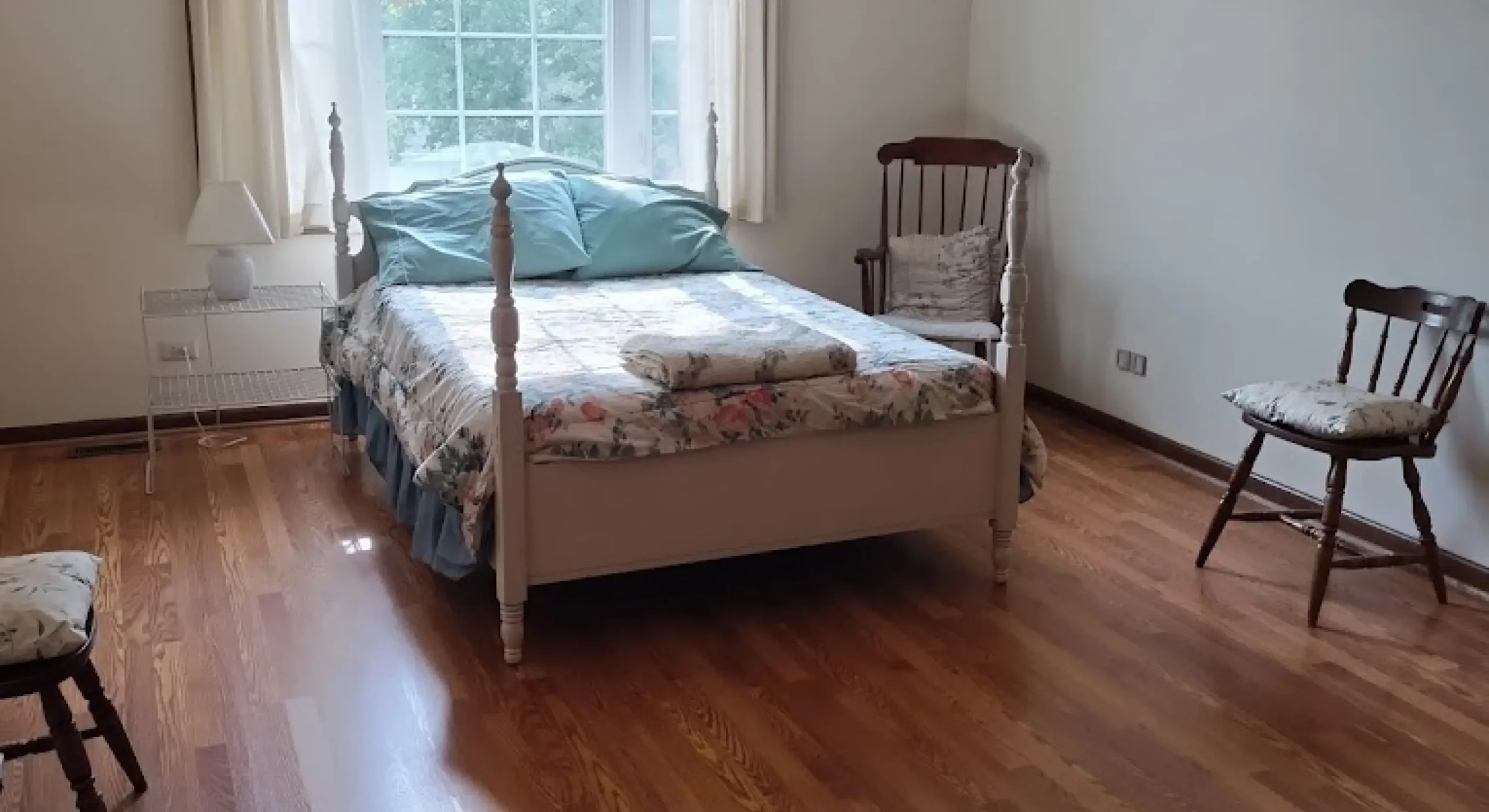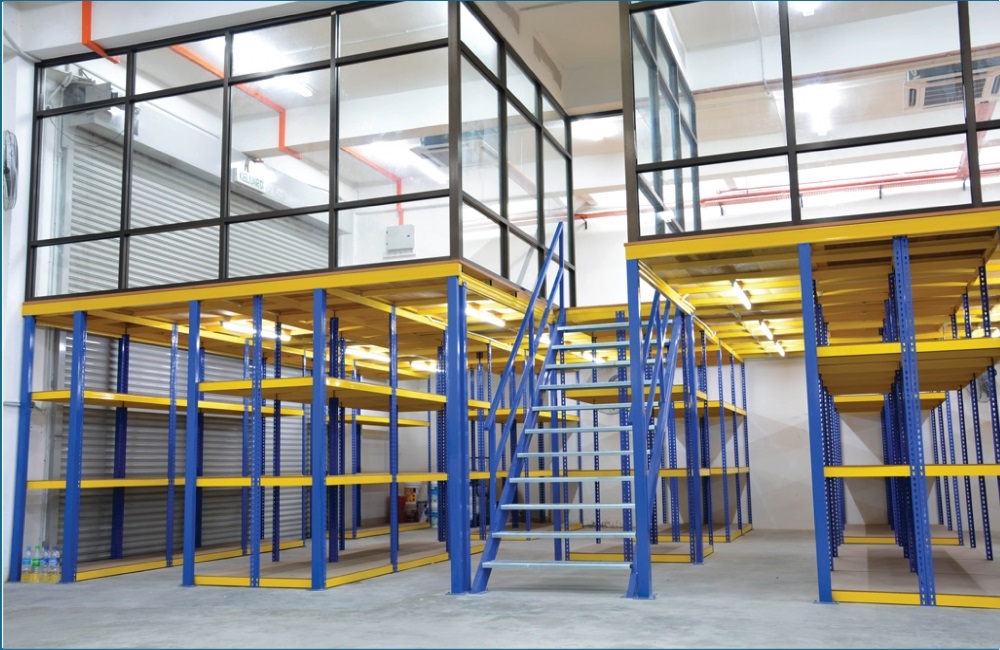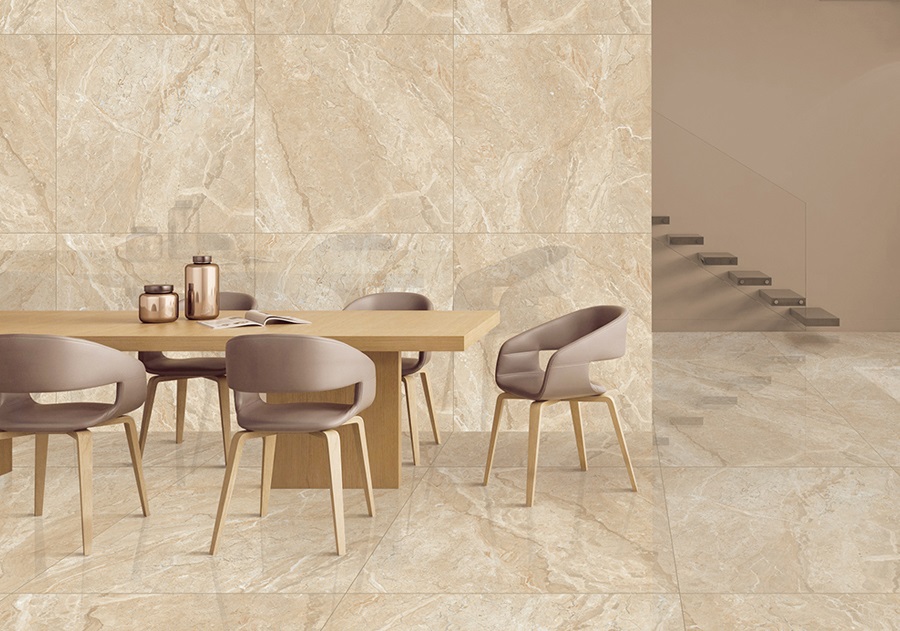Homes in 2025 are asking more from their floors: quiet underfoot, resilient finishes, and designs that feel intentional rather than trendy. In Elk Grove Village, contractors are pairing meticulous prep with modern materials to deliver rooms that look refined and perform year after year. From laser-calibrated leveling to moisture-smart installation methods, the shift is toward data-driven precision and adaptable style. Whether you favor pared-back minimalism or character-rich rustic tones, today’s flooring solutions make it easier to align aesthetics with daily life. Local homeowners increasingly rely on trusted partners like Simple Flooring Company to navigate options and optimize long-term value.
Precision Tools That Improve Installation Quality
Flawless flooring begins with the subfloor, and 2025 installers lean on tools that tighten tolerances and reduce guesswork. A seasoned Elk Grove Village Flooring Contractor will verify flatness with straightedges and laser levels, chasing the benchmark of 1/8 inch over 10 feet for plank and vinyl. Moisture meters and hygrometers guide timing and adhesive choice, ensuring stable bonds and preventing cupping or gapping. Dust-controlled surface prep—with HEPA vacuums and shrouded grinders—keeps the worksite clean and improves adhesion for leveling compounds or vapor barriers. The result is a smoother, quieter floor with fewer callbacks, especially in open layouts where long sight lines expose even tiny flaws.
The modern installer’s toolkit in action
Today’s best practices don’t stop at basic measurements; they embrace smart, connected, and purpose-built tools. Track saws and plunge saws paired with dust extraction create crisp, chip-free edges for precise scribe cuts at stone hearths and irregular walls. Oscillating multi-tools and undercut saws make tidy work of door jambs, allowing planks to slide underneath for a seamless look. Installers also rely on roller systems to activate pressure-sensitive adhesives evenly and notched trowels sized to manufacturer specs for uniform spread rates. Where substrates vary—say, a transition from old oak to new plywood—self-leveling compounds are laser-checked, then feathered with specialized trowels to erase humps and dips. These steps may sound incremental, but together they deliver precision installation that resists seasonal movement, reduces squeaks, and elevates the overall finish quality.
Engineered Oak and Textured Laminate Leading 2025 Designs
Design trends this year prioritize warmth, tactility, and livability, and few materials balance those better than engineered oak and textured laminate. Wide planks—often seven to nine inches—showcase oak’s natural grain without overwhelming a room, while micro-bevels keep edges clean yet forgiving. Engineered formats accommodate seasonal humidity shifts, making them a practical choice for Chicago-area climates and busy households. Textured laminate, meanwhile, has advanced with registered embossing that aligns surface texture to the printed wood pattern, delivering impressive realism under both foot and light. Homeowners partnering with Simple Flooring Company are finding that these options offer sophisticated style with everyday simplicity.
Why these surfaces dominate in busy homes
Engineered oak plays well with different interior languages: it can lean refined in a matte, wire-brushed finish, or go rustic in lightly smoked, neutral tones. The veneer wear layer provides not only beauty, but a repairable surface—ideal for selective refinishing down the road. For spaces that demand durability at a friendly price point, textured laminate stands tall with AC4/AC5 abrasion ratings and water-resistant cores. Click systems with treated edges and sealed joints improve spill protection while speeding installation in occupied homes. Taken together, the two materials empower homeowners to create a cohesive look across rooms with differing performance needs, maintaining visual continuity without sacrificing practicality or budget control.
Underlayment Choices That Extend Floor Lifespan
Underlayment is the quiet hero of the flooring system, shaping sound, comfort, and longevity. A knowledgeable Elk Grove Village Flooring Contractor starts by evaluating the subfloor—concrete or wood—and choosing underlayment that addresses moisture, acoustics, and minor flatness variations. On-grade and below-grade slabs often need a 6-mil vapor barrier or a dimpled membrane to keep moisture at bay, especially under floating vinyl or laminate. Wood subfloors may benefit from felt or high-density foam that smooths micro-variations and tempers footfall noise between levels. The correct choice amplifies long-term performance, protecting edges and joints while keeping warranties intact.
Matching materials to rooms and subfloors
Selecting underlayment is about harmonizing needs:
- Cork: a natural acoustic upgrade with mild thermal benefits, ideal for bedrooms and offices.
- Rubber: strong impact isolation and durability, often used in multi-level homes or condos seeking higher IIC/STC ratings.
- High-density foam: budget-friendly cushioning that resists compression under floating floors.
- Felt and combo underlayments: add sound dampening plus integrated vapor protection for concrete applications.
Concrete basements respond well to membranes that decouple the finished floor from minor slab moisture, reducing the risk of mildew and plank swelling. For nail-down engineered oak over wood, builders may pair rosin or specialized paper with targeted leveling to minimize squeaks. Across installations, taped seams, correct thickness, and compressive strength matter—overly soft layers can create flex that stresses click-joints or fasteners. Partnering with a careful installer elevates the entire assembly, and that kind of diligence is a hallmark of an experienced Elk Grove Village Flooring Contractor.
Minimalist and Rustic Styles Shaping Local Interiors
Two aesthetics are defining local interiors this year: a streamlined minimalism and a warmer, cabin-influenced rustic look. Minimalist rooms favor pale oaks, low-sheen finishes, and long, wide planks that visually expand space without demanding attention. Rustic spaces lean into character—subtle knots, wire brushing, and tone variation—to create a lived-in feel that still reads curated rather than contrived. Both approaches benefit from thoughtful transitions and trims, avoiding the busy patchwork that can date a home. With climate-aware planning, an Elk Grove Village Flooring Contractor can help balance expansion gaps, plank format, and finish sheen so the look stays consistent across seasons.
Room-by-room strategies that keep style cohesive
It’s one thing to select a style; it’s another to thread it through a whole home. Consider these tactics:
- Use consistent plank widths throughout common areas, then introduce herringbone or chevron as a feature in a foyer or dining room.
- Choose minimalist baseboards with a shadow reveal for a clean line, or a slightly taller, squared profile to complement rustic textures.
- Keep thresholds low-profile; reducers and T-molds in matching tones help open plans feel continuous.
- Dial finishes to function: a matte, wire-brushed oak in living zones for warmth; a textured laminate with higher water resistance in kitchens or mudrooms.
Color temperatures matter, too. Minimalist palettes often live in pale neutral woods paired with cool grays or soft whites, while rustic schemes play beautifully with greiges, charcoal accents, and aged brass. Lighting—especially warmer LEDs—can pull out the grain and reduce glare on matte floors. In both styles, restraint is powerful: fewer species, consistent undertones, and intentional textures yield spaces that feel calm, connected, and inviting.
Finishing Techniques That Enhance Surface Durability
Finishes have evolved as much as flooring itself, solving for scratch resistance, slip control, and indoor air quality. Factory-finished planks commonly arrive with aluminum oxide or ceramic-infused urethane layers, achieving outstanding abrasion resistance in a consistent, controlled process. Site-finished floors, meanwhile, give homeowners infinite customization—from natural-looking hardwax oils to tough, low-odor waterborne polyurethanes. Proper sanding sequences, edge work, and dust management set the stage for any finish to succeed, limiting contaminants that telegraph through the final coat. When the goal is longevity without plastic shine, a low-sheen topcoat balances beauty with practicality.
Site conditions, cure times, and maintenance planning
Great finishes are as much about timing and environment as chemistry. Temperature and humidity must sit in the manufacturer’s recommended window to prevent flashing, hazing, or premature cure that traps solvents. HEPA-equipped, nearly dustless sanding systems protect adjoining rooms and promote an even film build, while careful screening between coats boosts intercoat adhesion. Waterborne poly often allows light foot traffic within 24 hours and area rugs after a week, whereas hardwax oils may need specific maintenance soaps and periodic top-ups. To preserve edges and keep grime out, installers sometimes seal micro-bevels or advise strategic mats at exterior doors. Contractors who document wear expectations and maintenance schedules eliminate surprises—and that proactive approach is one reason homeowners return to partners like Simple Flooring Company for periodic refreshes and upgrades.
How Quality Flooring Boosts Comfort and Home Value
Quality installation pays dividends you can feel and measure. Underfoot comfort improves when underlayment, flatness, and plank stability align, reducing vibrations and hollow spots that telegraph cheap construction. Sound control matters in open plans; the right assembly lifts IIC and STC ratings, softening footfall and conversation with a noticeable uptick in serenity. Appraisers and buyers read floors as a proxy for overall care, and wide-plank engineered oak or high-grade laminate can nudge perceived value upward. In a competitive market, details like continuous runs, aligned transitions, and low-VOC finishes signal smart, well-executed updates.
Practical returns: energy, health, and everyday living
Comfort isn’t only acoustic. Thermal moderating layers make rooms feel warmer in winter and cooler in summer, especially over concrete. Low-VOC adhesives and finishes improve indoor air quality, an increasingly important selling point alongside easy maintenance. Well-installed floors reduce gaps that collect dust, simplify cleaning routines, and extend the life of rugs and pads. When it’s time to list, agents often highlight recent flooring as a top-line upgrade that photographs beautifully and supports quicker offers. If you’re exploring a project, pairing a detail-focused Elk Grove Village Flooring Contractor with a trusted supplier like Simple Flooring Company creates a clear path from materials to measurable results—style that lasts, comfort you notice, and value that shows up on closing day.




